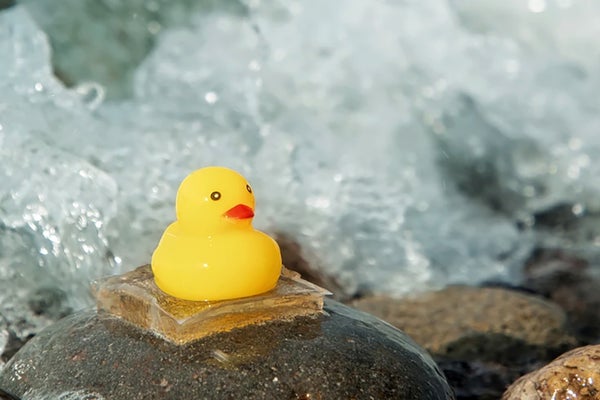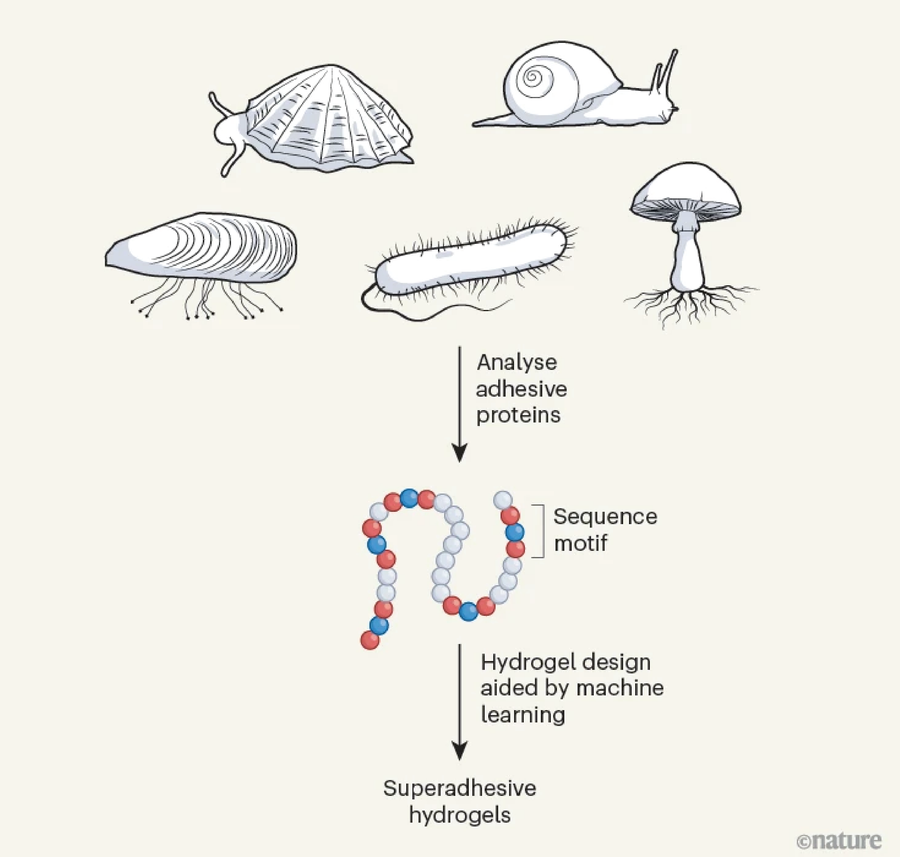Skyrora has become the first British company to secure a license to launch a rocket from the United Kingdom.
The U.K. Civil Aviation Authority (CAA) has granted Scotland-based Skyrora a license for up to 16 launches a year from SaxaVord Spaceport, located on the Shetland Islands off the coast of Scotland.
It’s the first time a vertical launch licence has been granted to a U.K.-based company. It allows Skyrora to launch its suborbital Skylark L rocket from SaxaVord, which has already received a safety license from the CAA. The move is also a step toward Skyrora launching its larger orbital rocket, the Skylark XL.
The licensing approval process considered factors such as safety, international obligations and environmental mitigations concerning Skyrora’s planned launches, according to the CAA.
"Becoming the first homegrown company in the U.K. to receive a launch operator license is a testament to the hard work and dedication of everyone at Skyrora," Volodymyr Levykin, CEO of Skyrora, said in a statement.
"It is essential that the U.K. has sovereign launch capabilities — not only to unlock commercial activity for companies that need to access space and to help achieve the government’s objectives for becoming a global player in the space sector, but also from a strategic defence consideration," Levykin continued.
A first launch is not expected before the end of 2025, however. Levykin told Reuters that, despite having acquired a launch license and having a rocket ready, "it is unlikely that Skyrora will be able to complete its launch from the U.K. this year."
Get the Space.com Newsletter
Breaking space news, the latest updates on rocket launches, skywatching events and more!
He added that the company has options to launch from Australia, Oman and potentially Iceland, with Skyrora having made a failed launch attempt from Iceland with the Skylark L back in 2022.
Skyrora is not the first company of any provenance to receive a vertical launch license from the U.K. CAA. Rocket Factory Augsburg (RFA) of Germany received an orbital launch license in January, allowing it to launch up to 10 times a year. A year ago, the company’s RFA One rocket exploded during a static-fire test at SaxaVord.
RFA was one of five companies selected for the European Space Agency’s European Launcher Challenge, which aims to foster independent access to space for the continent with small and medium-sized rockets.
Skyrora was not among the selected firms, though its U.K. competitor, Orbex, was chosen. In late March, Germany’s Isar Aerospace made an unsuccessful first orbital launch attempt from the European mainland.
Join our Space Forums to keep talking space on the latest missions, night sky and more! And if you have a news tip, correction or comment, let us know at: community@space.com.
via Latest from Space.com https://www.space.com
August 11, 2025 at 03:03PM


